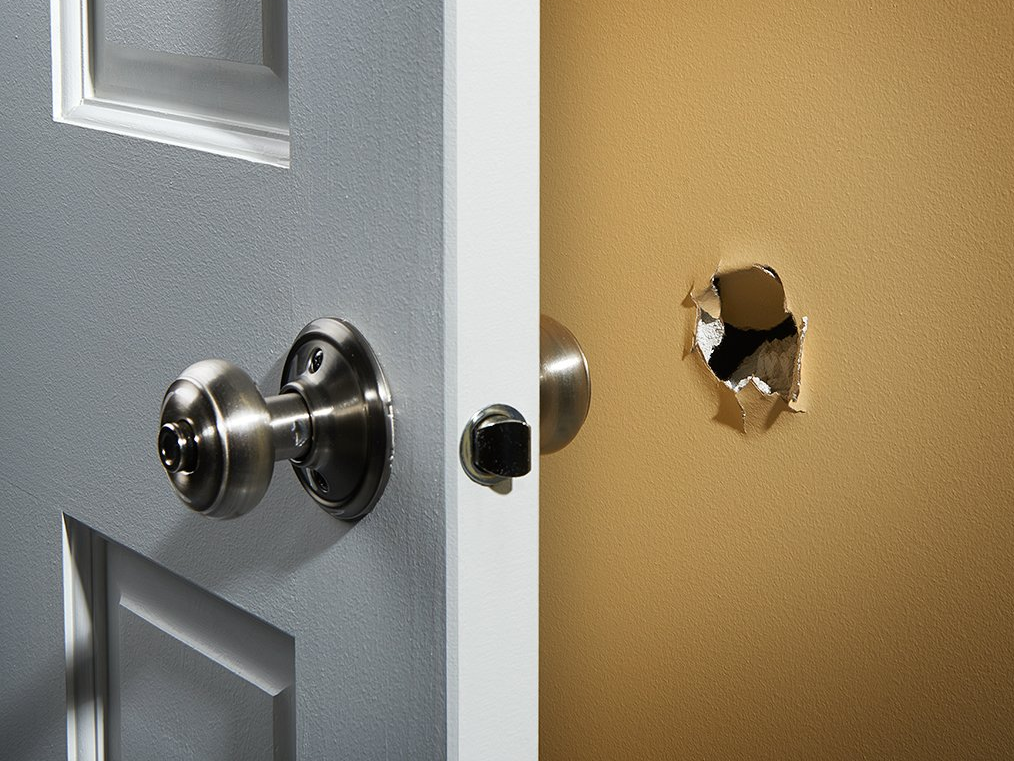- I’m a former carpenter and have had to repair many drywall holes in various projects.
- Instead of paying a handyman to repair holes in your drywall, you can easily fix most holes yourself with just a few simple tools.
- I recommend the 3M PPP Wall Repair Kit, which includes a 4-inch adhesive patch and all the essentials you need.
Whether you live in a house or rent an apartment, you’ll inevitably have to repair holes in the drywall. Maybe you miscalculated where a framed photo would hang best on your walls or you’re just tired of looking at the dent your doorknob has made. No matter how careful you try to be, it’s only a matter of time before you get a few dents, dings, and holes in your walls.
The prospect of repairing them can be intimidating. As a former carpenter, I’ve had to do this plenty of times and it’s it’s actually easier than you might expect.
What you need to repair a hole in drywall
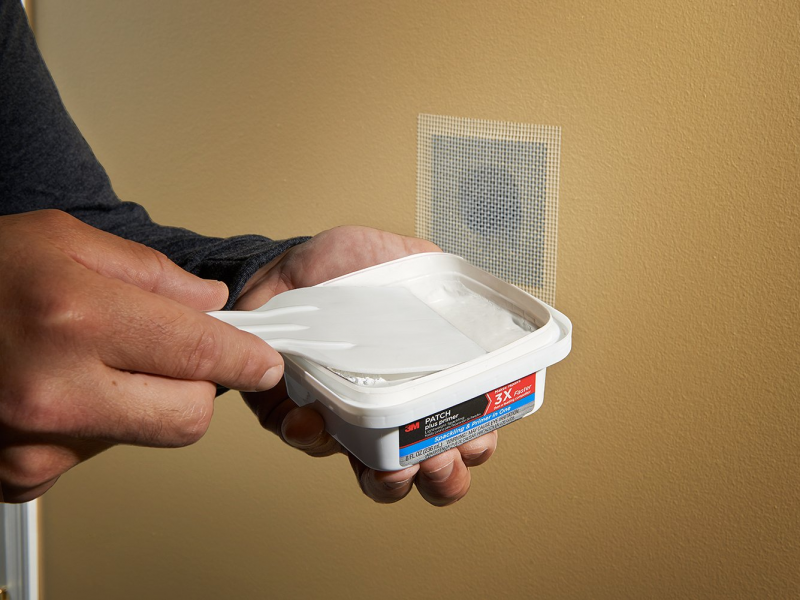
- Spackling paste: DryDex Spackling Paste is a great option. It goes on pink but conveniently turns white when it's dry and ready for sanding.
- A medium grit sanding sponge: 3M makes a great 2-sided sponge with medium grit on one side and fine on the other.
- A putty knife: The Warner 1 ½ inch ProGrip is a durable, affordable option.
- A dust mask or respirator: I've worn these 3M respirators for painting and sanding projects.
- Mesh tape or repair patch: I've personally used the Red Devil 1227 patches several times with great results.
- If you'd rather pick up a kit that includes all these supplies, the 3M PPP Wall Repair Kit is a great choice at a great price.
How to repair small holes in drywall
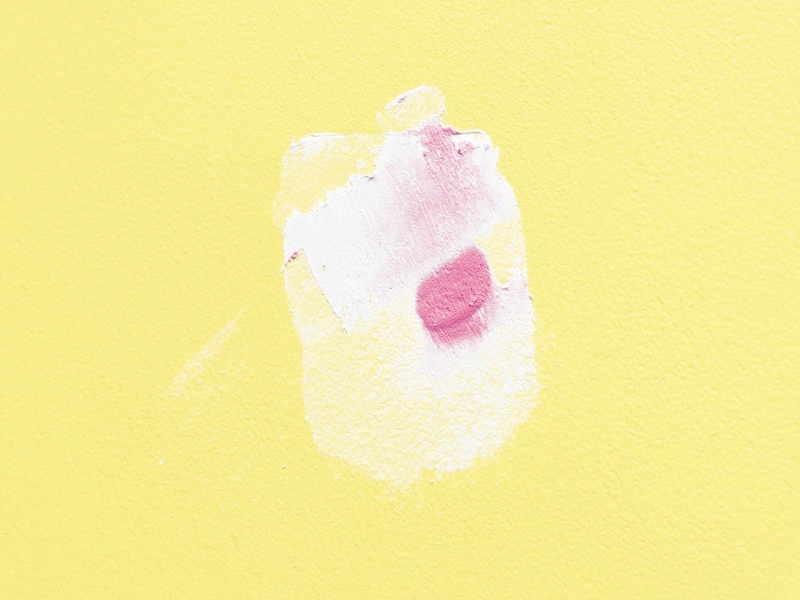
Smaller holes (anything less than a half an inch) caused by nails, wall anchors, or coaxial cables, can easily be fixed with just some spackling paste and sandpaper.
If you have any wall anchors in place that aren't easily removed, don't worry about pulling them out. Doing so will likely just shred the drywall and create an even bigger and messier hole.
Instead, use a utility knife to cut off the exposed plastic collar of the anchor - that's the visible part that rests against the wall. Then, take a screwdriver with a head slightly smaller than the anchor, and use a hammer to gently tap the rest of the anchor a bit further into the wall. If you're dealing with any plastic or metal self-drilling anchors, use your utility knife to carefully cut and remove a small amount of drywall around the collar of the anchor, just enough for you to screw it into the wall an 1/8 of an inch.
This technique allows you to deal with a much shallower hole, and the now-depressed anchor will give your spackle the support it needs.
Step 1: Prep the hole to create a clean and smooth surface for your spackle
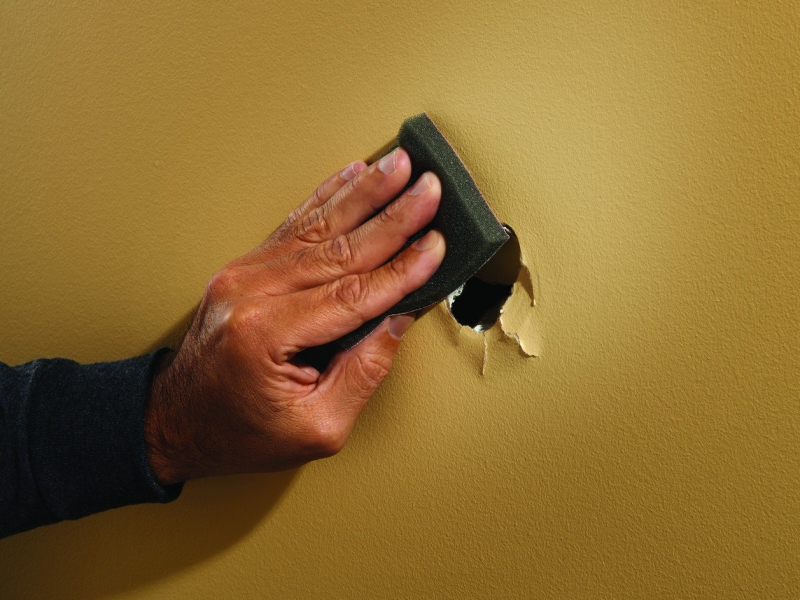
- Use your putty knife to clear away any debris from the hole, and a utility knife to carefully cut away any loose or frayed paper.
- Using the rounded end of a screwdriver or ball-peen hammer, gently press into the hole to create a slight indentation. This will ensure that the edges are flat and just below the surface of the surrounding wall, giving the spackle a depression to fill.
- If the hole is larger than your pinkie finger, crumple up some newspaper and pack it into the hole. The tighter you can pack it in, the more support your spackle will have.
Step 2: Use a putty knife to fill the hole with spackle and let it dry
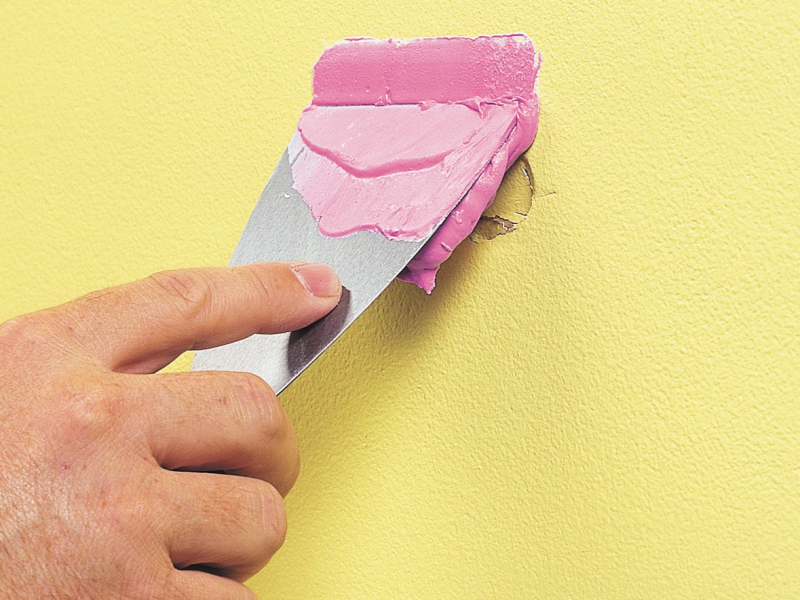
- Scoop a tablespoon-sized amount of spackle and spread it across the hole in an X motion, repeating this several times to make sure the hole is evenly filled.
- Since the spackle will shrink a little bit as it dries, make sure not to scrape the wall totally clean, leaving about 1/8 inch remaining on the surface of the repair area.
- However, if you're covering one of those recessed wall anchors we talked about earlier, feel free to scrape off any remaining spackle, leaving only the small amount in the hole itself.
- Let the spackle dry. For these smaller holes, this should only take an hour or so, but check your container for exact drying times.
Step 3: Sand the area until it's flat and smooth
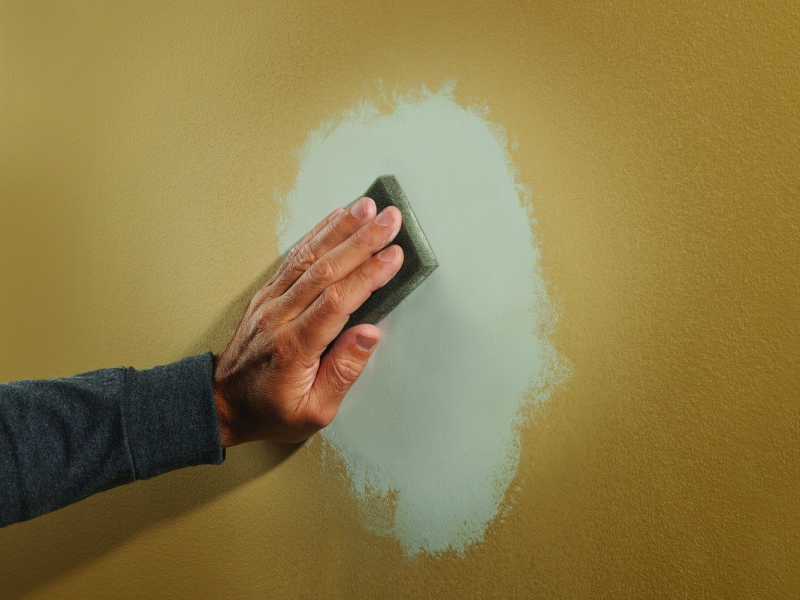
- Using a medium grit sanding sponge, gently sand the dried spackle in a circular motion, smoothing and blending it into the surrounding wall.
- This process can create a lot of dust, so if you're tackling more than a couple of holes, wear a dust mask or respirator. As a contractor myself, I use these 3M respirators for painting and sanding projects. They include a particulate filter rated for aerosols, including the drywall and putty dust that this project can kick up, and works with a wide range of different filter cartridges, making it convenient for other home improvement projects as well.
- If your surface is not as smooth as you'd like, repeat steps 2-4 again.
- Paint over the area with matching paint so it looks like nothing happened.
How to patch and repair larger holes in drywall
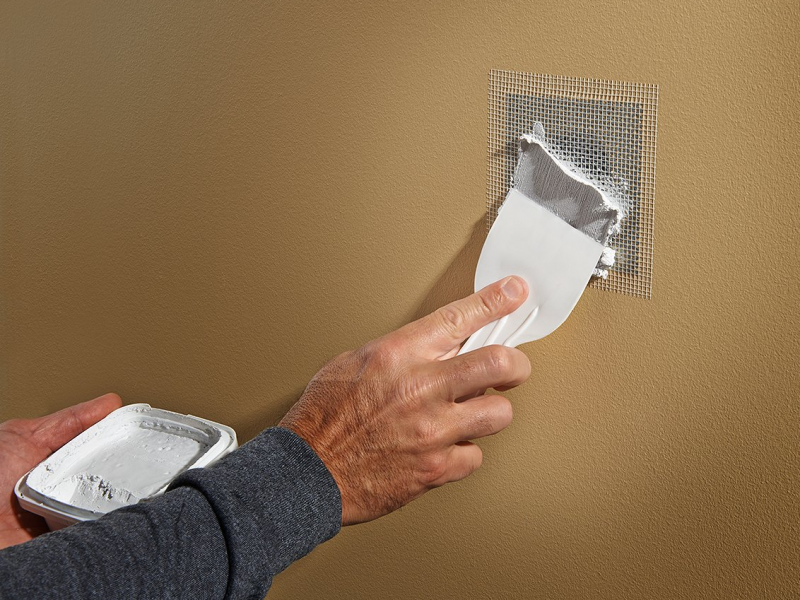
Holes larger than a ½ inch in diameter will require a mesh tape or repair patch to be applied before beginning the spackling process. The Red Devil 1227 2-pack includes a pair of nice big 7x7 inch square patches.
- Sand the edges of the hole down so it's flat and smooth.
- Cut the repair patch or mesh tape about 1 inch wider than the hole it's covering and stick it right to the drywall.
- Then apply your spackle over the patch and onto the surrounding wall about an inch. This will make it much easier to blend into the rest of the wall as you're sanding.
- Once it's dry, sand it down until the wall's surface is flat and smooth
- Paint over the area you just repaired.
